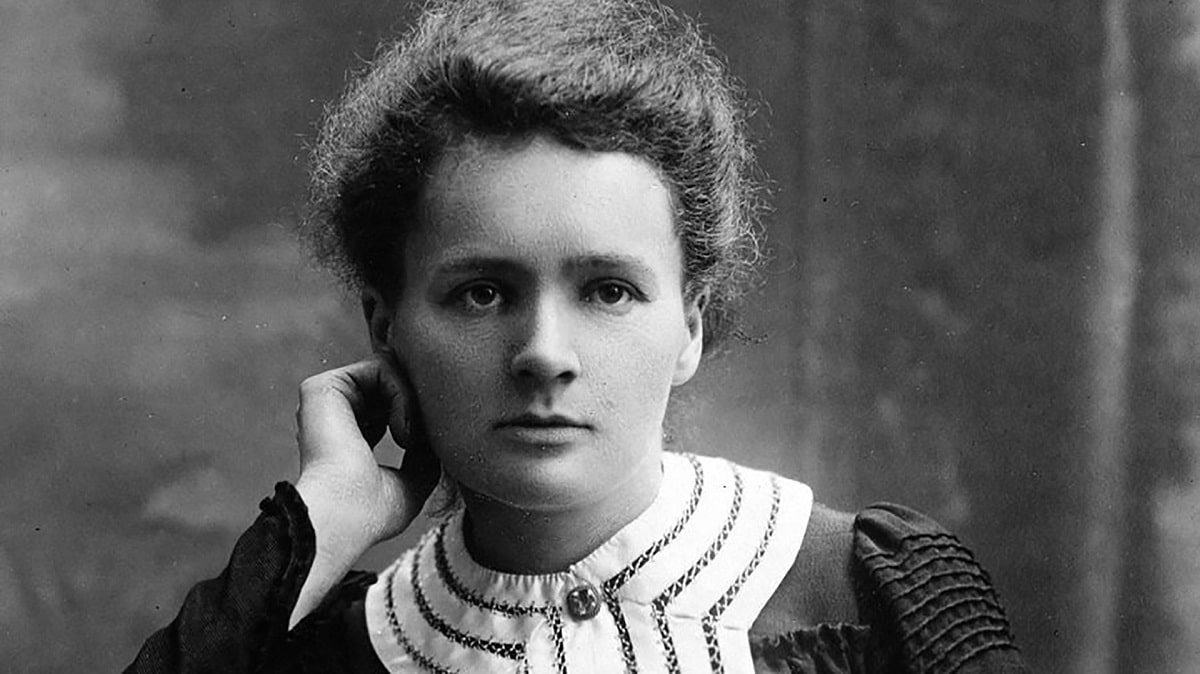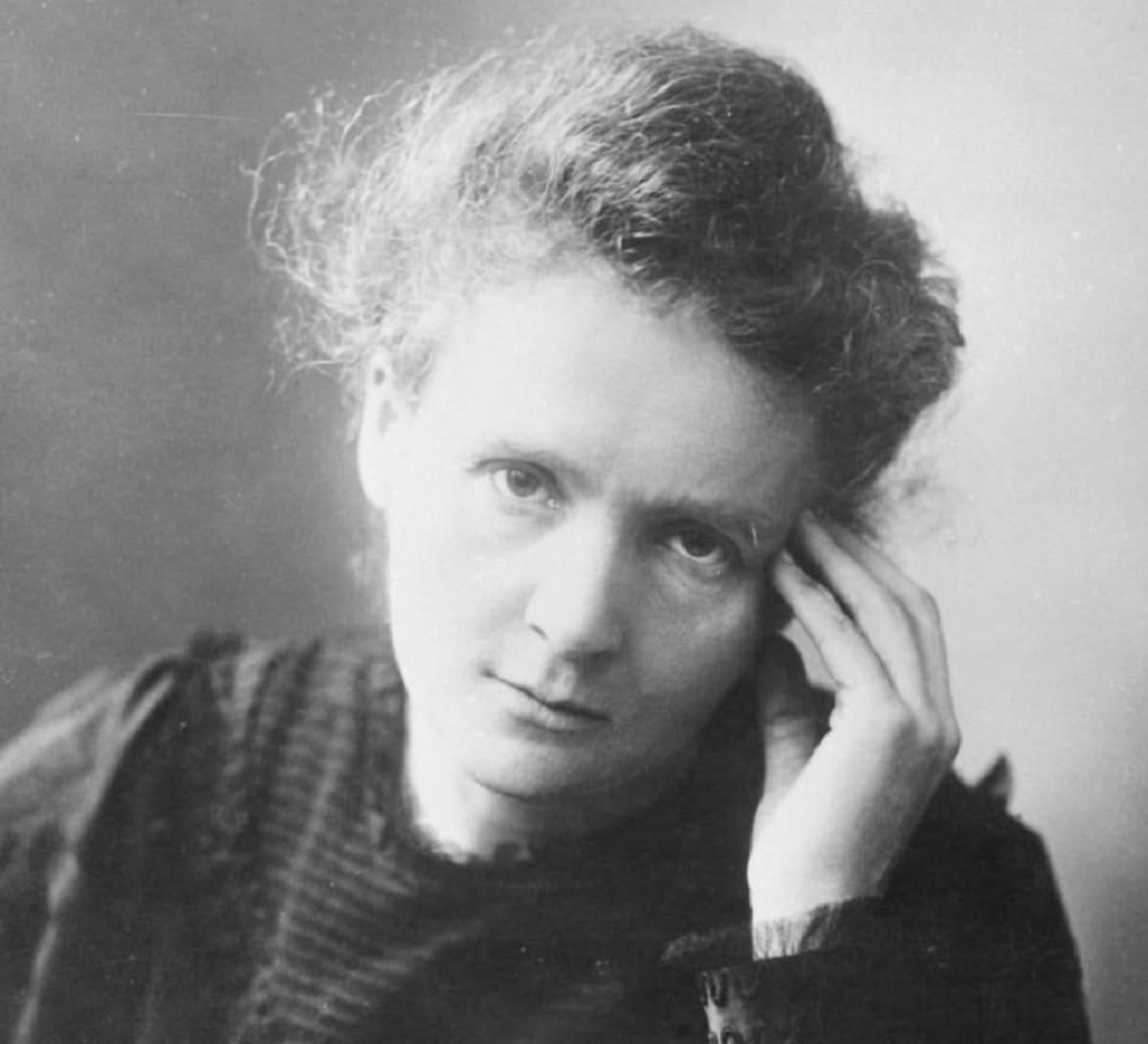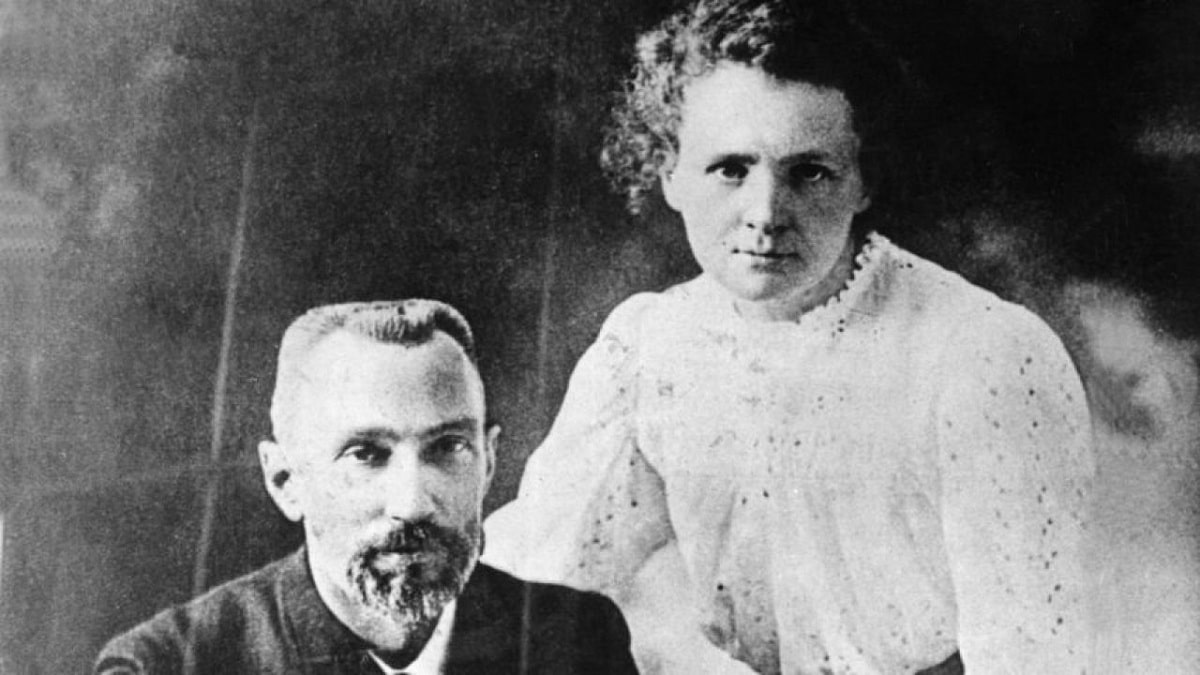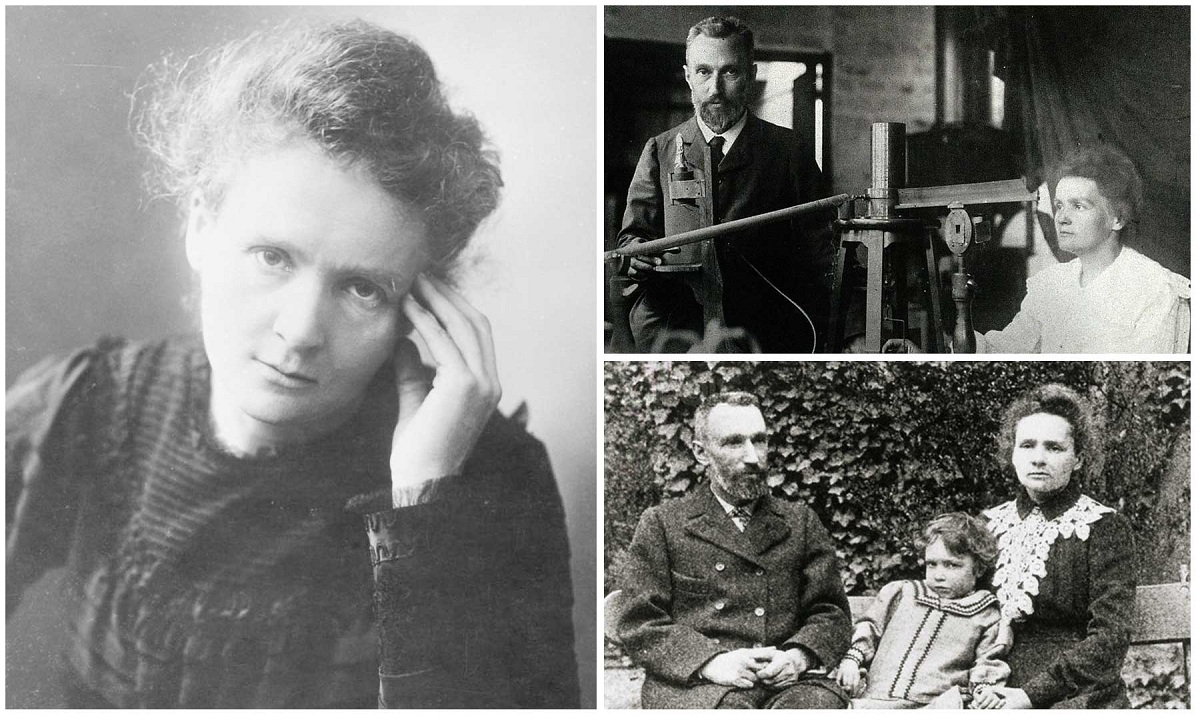
Marie Curie was a Polish-born physicist and chemist who discovered radioactivity and pioneered the study of radioactive elements. She was the first woman to win a Nobel Prize and the only woman to receive two Nobel Prizes in different fields. She had great feats in the world of science. Therefore, the biography of Marie Curie it is quite interesting to recognize.
In this article we are going to tell you the entire biography of Marie Curie, her most important exploits and discoveries.
Biography of Marie Curie

She is the last of five children of teacher Bronislawa Boguska and Wladyslaw Sklodowski, who taught mathematics and physics. She began attending J. Sikorska boarding school when she was 10 years old. She then attended a girls' school and graduated with a gold medal on June 12, 1883.
Possibly due to depression, she fell and spent a year in the countryside with her father's relatives, and the following year in Warsaw with her father, where she gave private lessons because she could not enter higher education institutions because she was a woman. Along with her sister Broniswara, she entered the secretive Uniwersytet Latajacy, a higher education institution for female students. In 1891 she went to Paris and changed her name to Marie. In 1891 he enrolled in the science course at the Sorbonne in Paris. Two years later, he finished his physics studies at the top of his class. He studies and performs in amateur theater, sharing his study time.
Married to Pierre Curie
In 1894 he met Pierre Curie. At that time, the two were working in the field of magnetism. Pierre Curie, 35, is a great hope in the French physics community. He immediately fell in love with the elegant and almost austere 27-year-old Polish woman who shared her altruistic beliefs about science. After Pierre proposed to her and persuaded her to live in Paris, they celebrated their wedding on July 26, 1895 in a surprisingly simple way: no party, no wedding rings, no white dress. Her girlfriend, dressed in a simple blue suit, began the honeymoon by bicycle with her boyfriend on a French road.
The couple had two daughters, one of whom also won the Nobel Prize: Irène Joliot-Curie and her husband Frédéric received the Nobel Prize in Chemistry in 1935 for the acquisition of new radioactive elements.
What did Marie Curie discover?

Marie Curie was intrigued by the newly discovered type of radiation. Wilhelm Roentgen discovered X-rays in 1895 and Antoine-Henri Becquerel in 1896 discovered that uranium emits similar invisible radiation. However, he began to study the radiation of uranium and, using the piezoelectric technique invented by Pierre, carefully measured the radiation in pitchblende, a mineral containing uranium. When she saw that the radiation from the ore was more intense than that of uranium itself, she realized that there must be an unknown element, even more radioactive than uranium. Marie Curie She was the first to use the term "radioactive" to describe an element that emits radiation when its nucleus decays.
The director of Pierre Curie accepted that Marie set up as a laboratory a unit of the Municipal School of Physics and Chemistry that served as a warehouse and engine room. Marie Curie began her research there, using the electrometer invented by Pierre and his brother to measure the intensity of the current caused by the various uranium and thorium compounds, immediately verifying that the activity of the uranium salts depended only on the amount of uranium present, regardless of any other circumstances.
From a scientific point of view, this was his most important discovery, since it showed that radiation could only come from the atom itself, regardless of any added substance or chemical reaction. But Marie Curie he did not entertain himself in meditating on this result; he extended his investigations to pitchblende and chalcolite, finding that they were more active than uranium. From this he deduced the existence in these minerals of another new substance, responsible for this greater activity.
Her husband completed his study of magnetism, joining his wife's, and in 1898 the couple announced the discovery of two new elements: polonium (Mary named after her country of birth) and radium. For the next four years, the couple worked under very unstable conditions, processing a ton of pitch amphibole, from which they isolated a gram of radium.
First female Nobel laureate

In 1903, they shared the Nobel Prize in Physics with Becquerel for their discovery of radioactive elements. For them, however, this glory was a "disaster", both very secretive, swallowed by the same passion for research, when they found themselves sidelined from research and saw their laboratories swept away by anachronisms. Everyone suffered when people attacked and his modest pavilion in Paris invaded by journalists and photographers. More and more post offices are dealing with tasks that bore them on Sundays. Marie Curie became the first woman to receive the award.
In 1904, Pierre Curie was appointed professor of physics at the University of Paris, and in 1905 he became a member of the French Academy of Sciences. These positions are not usually filled by women, and Mary does not have the same support. On April 19, 1906, Pierre was killed by a carriage as he was crossing Dauphin Street. Since then, Mary has been in charge of her courses and continued her own research.
Nobel Prize in Chemistry
In 1911, Marie was involved in a scandal when she entered into a relationship with the married physicist Paul Langevin. Some media point to "husband thieves" and "foreigners." That same year, she received the second Nobel Prize in Chemistry for her research on radium and its compounds. In 1914, she was appointed dean of the Paris Broadcasting Institute and the Curie Institute was established.
In May 1921, thanks to the American journalist Mary Meloney, she and her daughters moved to the United States, where, thanks to the funds raised by the Polish community and some American millionaires, they were able to support the Radium Institute. One gram of radium was obtained. Also, he was given extra money to buy laboratory equipment.
Marie Curie suffered from pernicious anemia from prolonged exposure to radiation. After going blind, she died on July 4, 1934 at the Sancellemoz clinic near Passy, Haute-Savoie, France. She is buried in the Sceaux cemetery, a few kilometers south of Paris, next to her husband.
I hope that with this information you can learn more about the biography of Marie Curie and her exploits.
As always very pleased with such meritorious information. Thus I am enriching my general culture. Greetings